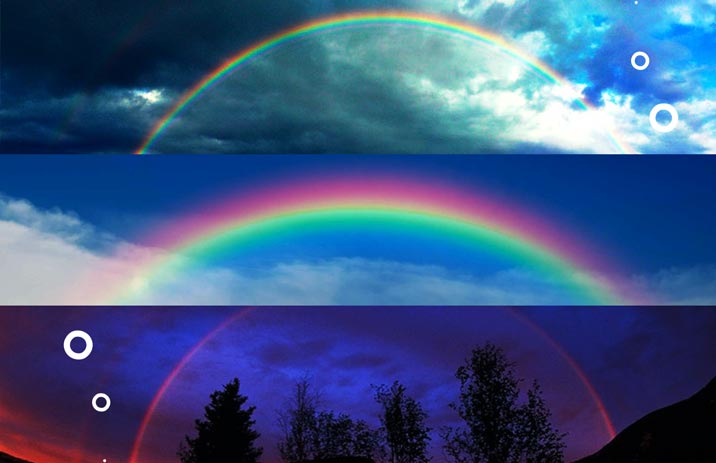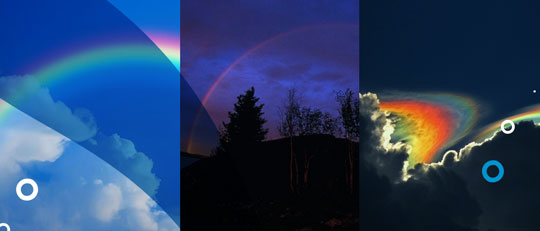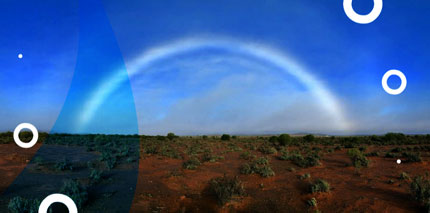It does not have seven colors. The range of colors in the rainbow is infinite. If it is a continuous spectrum in which one color becomes another, why do we always talk about seven colors? Seven is a number with strong superstition and associated mysticism. And it is that at the end of the 17th century, seven were the known celestial stars, seven the metals used in alchemy, seven the musical notes and seven the days of the week, so it seems logical that Newton designated seven colors to follow the famous law of seven.
There are rainbows without colors: They are the well-known rainbows of fog (Fogbow) that shows the reflection of sunlight due to droplets of water from the fog. The lack of colors is in the smallest size of the water droplets since the colors fade contrary to what happens in larger drops, which act as a prism reflecting sunlight.




